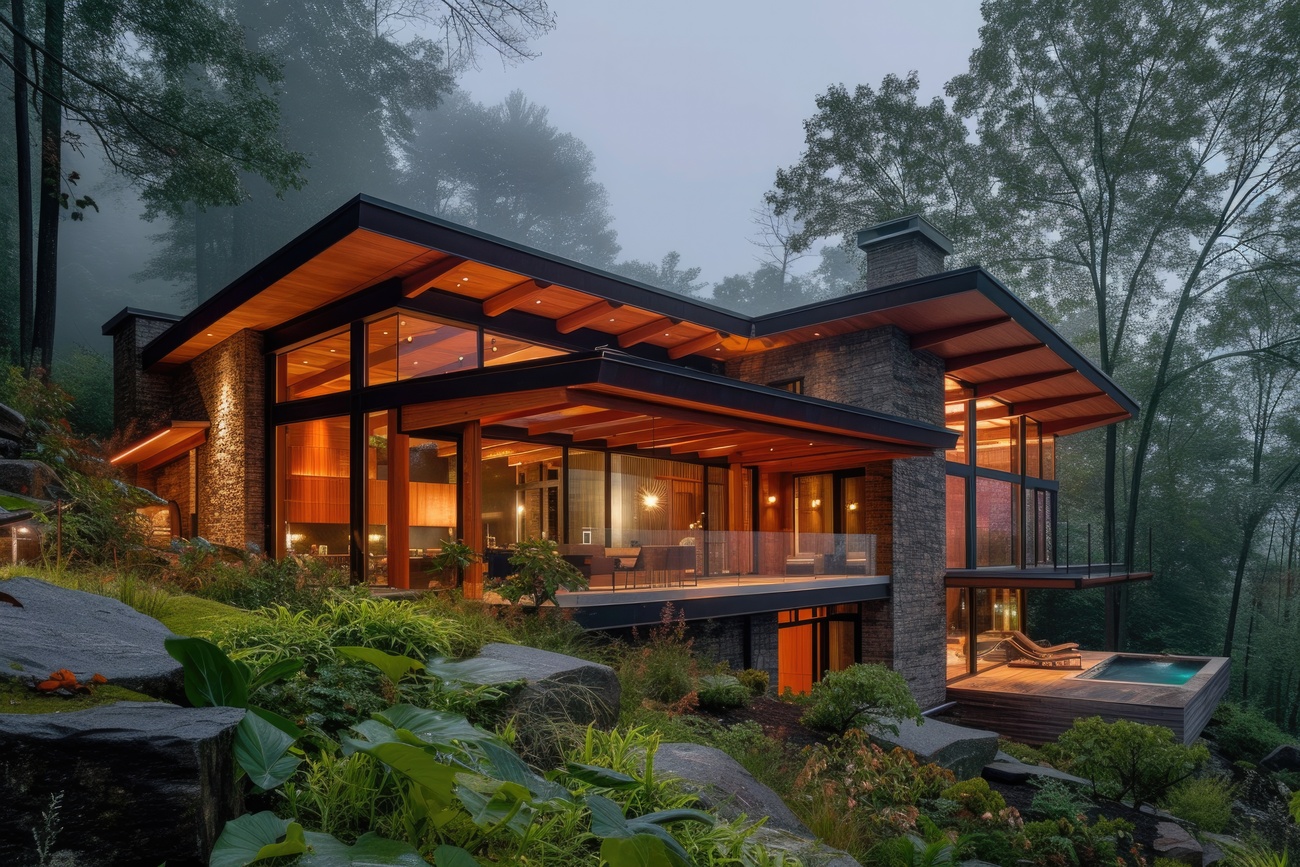
Tips for Building a Child-Friendly and Safe Hospital
Designing and constructing a children’s hospital is more than just a medical project it’s about creating a place that heals not only the body but also the mind. A child-friendly hospital should balance functionality, safety, and comfort to reduce fear and stress among young patients and their families. Here are some essential tips for building a hospital that is both comfortable and safe for children.
1. Prioritize Safety in Every Detail
Safety is the foundation of any healthcare facility, but even more so in a children’s hospital. Ensure that building materials are non-toxic, floors are non-slip, and furniture has rounded edges to prevent injury. Install safety gates, soft flooring in play areas, and secure electrical outlets to minimize potential hazards.
2. Design for Comfort and Healing
Children respond positively to warm, welcoming environments. Use bright colors, playful themes, and natural lighting to create a cheerful atmosphere. Incorporate murals, nature-inspired designs, or character-based decorations that can ease anxiety and make hospital visits less intimidating.
3. Create Family-Friendly Spaces
Healing is faster when children feel the presence of family. Design comfortable waiting areas, family lounges, and sleeping spaces within patient rooms so parents can stay close. Providing privacy and rest zones for caregivers helps reduce their stress, which in turn benefits the child’s emotional well-being.
4. Integrate Play and Learning Areas
A hospital doesn’t have to feel like a hospital. Design interactive zones where children can play, read, or learn. Play therapy rooms, art corners, and outdoor gardens can serve as emotional outlets and improve recovery outcomes.
5. Ensure Accessibility and Ease of Movement
All hospital areas should be easily accessible for patients with mobility aids, wheelchairs, or medical equipment. Clear signage using symbols or colors helps children and parents navigate without confusion. Smooth corridors and wide doors are essential for both safety and convenience.
6. Use Child-Sensitive Technology
Modern hospitals rely heavily on technology, but it should be used in ways that feel friendly and non-threatening to children. For instance, digital walls, interactive screens, or virtual reality therapy can make medical treatments feel less scary and more engaging.
7. Focus on Clean Air and Natural Elements
A healing environment depends greatly on good air quality and natural light. Install proper ventilation systems, large windows, and greenery inside the hospital. Access to outdoor gardens or courtyards can give patients a sense of normalcy and relaxation.
8. Involve Pediatric Experts in the Design Process
Architects should collaborate closely with pediatricians, child psychologists, and nurses to ensure that every space meets both medical and emotional needs. Their insights help balance clinical efficiency with the comforting atmosphere that children require.
A children’s hospital should be more than a place for treatment it should be a space of comfort, hope, and healing. By prioritizing safety, incorporating play and family spaces, and focusing on emotional well-being, architects and healthcare planners can create hospitals where children feel cared for, not just treated.

Date: November 13, 2025
The global property sector is entering 2026 with a complex mix of opportunities and structural challenges. As markets recover unevenly from economic disruptions of the early 2020s, developers, investors, and policymakers must confront new realities shaped by shifting demographics, technological adva ...

Date: November 14, 2025
Buying a house is one of the biggest financial decisions most people will ever make. While many buyers focus on the down payment and monthly mortgage, there are several hidden costs that often catch them by surprise. Understanding these expenses can help homebuyers prepare more accurately and avoid ...

Date: November 15, 2025
For years, many assumed that Gen Z facing rising housing prices, student loans, and economic uncertainty would delay homeownership even longer than millennials. Surprisingly, the trend is shifting. Around the world, more Gen Z adults (typically defined as those born between 1997–2012) are beginnin ...

Date: November 15, 2025
For many people, owning a home remains a major life goal symbolizing stability, security, and long-term financial growth. But with rising property prices, higher living costs, and economic uncertainty, the big question for 2025 is clear: Is buying a house still realistic? The answer depends on sever ...

Date: November 11, 2025
In the fast-paced world of real estate, the digital revolution has completely transformed how properties are marketed and sold. Today’s property agents and developers must adapt to changing consumer behavior, emerging technologies, and online competition. To succeed, real estate professionals need ...
Ala Land Bali — a magical place for the real you
BECOME PART OF THE HISTORY Share your contact details, and our manager will reach out
with full project details

